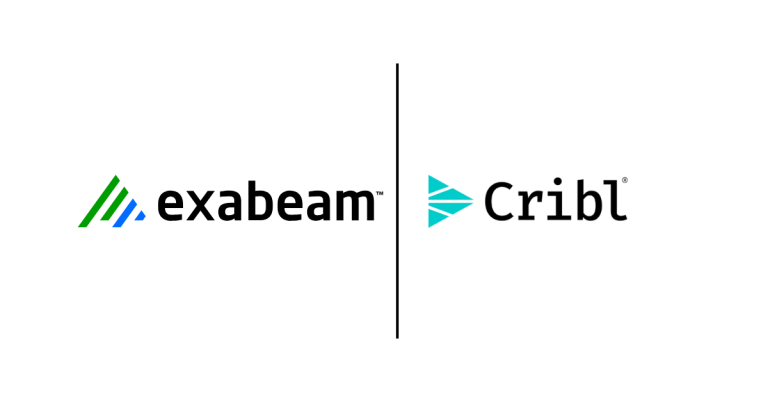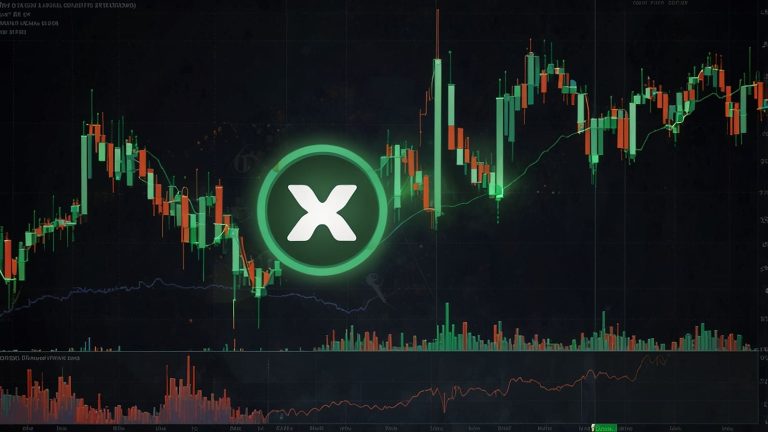Looking to turn your traffic into revenue with a high-commission, easy-to-promote affiliate program? The TEMU Affiliate Program opens up a powerful opportunity for platforms of all kinds to monetize their user base.
TEMU—short for Team Up, Price Down—is one of the fastest-growing global e-commerce platforms, connecting millions of consumers with a vast network of brands, manufacturers, and merchants. Dedicated to making quality products accessible at unbeatable prices, TEMU has quickly become a household name worldwide.
What is the TEMU Affiliate Program
Think of the TEMU Affiliate Program as your gateway to global earnings. Live in over 80 countries, TEMU allows affiliates to connect with millions of shoppers worldwide. No matter if you operate a coupon site, a loyalty program, a payment solution, or simply have traffic to monetize, there’s a place for you here.
Here’s the flow:
Apply for the program and get your referral link, which comes with exclusive TEMU coupons or discounted products
Share it with your audience —be it your Facebook group, website, app notifications, blog, or email newsletter.
Earn commissions when a new user click through your link and place an order. Plus, you’ll receive an extra fixed reward if they download the TEMU app.

Who Should Join the TEMU Affiliate Program
Designed for both individuals and businesses, low barriers and join for free!
- If you’ re an individual:as long as you’re active in or run any shopping-related Facebook groups, come join TEMU!
- If you own a website or app with user trafiic:let’s grow together via tailored business partnership!
For business publishers, what types of websites or apps can join the TEMU Affiliate Program?
Any platform with user traffic and distribution capabilities is welcome! The partnership scenarios listed are provided as typical examples, but we’re not limited to these. TEMU is open to exploring new ways of partnering with you, even if affiliate marketing is not your core business
- Coupon or Deal Sites: Add TEMU’s exclusive coupons to attract deal-seekers.
- Price Comparison Sites: Plug in TEMU’s product catalog and sharp prices so your users always spot the best value—while you boost affiliate sales.
- Payment Platforms: Embed shopping offers into your payment solutions, such as credit cards, BNPL services, e-wallets, or banking apps with shopping features.
- Cashback & Loyalty Programs: Provide cashback incentives for purchases made on TEMU, or leverage TEMU’s exclusive deals as rewards for user engagement activities.
- Shopping Guide & Review Websites: Turn buying guides, reviews, and recommendations blogs into revenue by linking directly to TEMU products.
- Other Potential Partners: telecom operators, courier & logistics companies, and other platforms looking to expand monetization opportunities.
Why Join the TEMU Affiliate Program
- Easy Entry and No Upfront Cost
The TEMU Affiliate Program is completely free to join. With minimal entry requirements, almost anyone—from individuals to established publishers—can participate. TEMU also supplies ready-made promotional materials, including copy and visuals, copy, so you can hit the ground running.
- High Commissions to Earn
At TEMU, you don’t just earn order commissions—you also get an extra fixed bonus for every new user who downloads the TEMU app and places their first order. That means your earnings come from both high commissions and extra rewards—doubling your revenue opportunities.
- App download rewards: Earn a fixed bonus when a new user downloads the TEMU app via your referral link and completes their first order.
- New user commissions: Earn commissions based on the order value of new users you bring in.
- Exclusive Benefits for Your Referrals
TEMU provides your referrals with exclusive incentives—high-value coupons and deep discounts across a wide range of categories, with some deals up to 90% off. These offers boost purchase intent, reinforce loyalty, and equip your platform with a proven tool to drive engagement and revenue.
- Robust Performance Tracking
Stay on top of your results with TEMU’s powerful tracking tools. From clicks to conversions, everything is measured in time. TEMU’s intuitive dashboards make it easy to understand performance across campaigns and channels, helping you make smarter, data-driven decisions.
- Dedicated Account Support
With TEMU, success never goes unnoticed. As your results improve, TEMU will match your growth with dedicated 1-on-1 support and tailored commission structure—helping you push your performance to the next level.
How to Join the TEMU Affiliate Program
Step 1. Visit the Registration Page
Click to visit the official TEMU Affiliate registration page (or search “TEMU affiliate program”). Choose Affiliate Program to sign up.
For Business Applicants:
- Step 2. Fill in Your Information: Provide all required business and contact information accurately.
- Step 3. Submit for Review: Your application will be reviewed by the TEMU Affiliate team. Expect an email notification with results within 7 business days.
- Step 4. One-on-One Support Contact: Once approved, a TEMU affiliate manager will reach out via email to provide personalized guidance and help you get started. Please keep an eye on your inbox.
For Individual Applicants:
- Step 2. Fill in Your Information: Submit your personal information and include the link to your Facebook group.
- Step 3. Submit for Review: Your application will be reviewed by the TEMU Affiliate team.
- Step 4. Start earning: Once approved, you can immediately access the affiliate panel and start promoting TEMU right away.
How to Maximize Earnings with the TEMU Affiliate Program
Here are some tips to boost your earnings with TEMU by promoting smartly to your audience.
- Define Your Niche and Audience – Understand your audience’s demographics, interests, and shopping habits to target your promotions effectively.
- Highlight TEMU Deals Prominently – Place high-value coupon bundles and discounted products in visible locations such as website banners, pop-ups, or app notifications.
- Build Trust with Your Groups– Regularly post TEMU’s deals and products in your Facebook groups. Instead of only dropping links, share your own reviews, product comparisons, or usage tips.
- Build and Leverage an Email List – Send newsletters featuring TEMU deals, seasonal promotions, and curated product selections to engage subscribers.
- Promote on Social Media – Use your social channels to push TEMU offers, create engaging posts, stories, or videos that link directly to your referral links.
- Produce High-Quality Content – For blogs, review sites, or content platforms, write detailed product reviews, gift guides, or shopping tips highlighting TEMU products.
Frequently Asked Questions (FAQ)
Q1: Who can join the TEMU Affiliate Program?
A: From websites / apps with traffic to individuals running or active in Facebook groups, TEMU welcomes you to turn influence into income.
Q2: Can I reach international users?
A: Yes. With a single registration, you can promote the TEMU Affiliate Program in over 80 countries, engaging users globally and maximizing revenue.
Q3: How can affiliates earn with TEMU?
A: Hybrid CPA + CPS:
- App download rewards: Receive a fixed bonus when a new user downloads the TEMU app through your referral link and places their first order.
- Purchase commissions: Earn commissions on orders of the new users you bring in.
Q4: How can I promote TEMU deals effectively?
A: Highlight deals on banners or newsletters, create content like reviews or guides, share on social media, and track performance to optimize results.
Q5: What support is provided?
A: Affiliates receive a full suite of resources, including ready-made promotional materials (images, copy, and more), advanced performance tracking tools, and—based on performance—dedicated 1-on-1 account support with customized commission structures.
Q6: Are there upfront costs?
A: No. Partners can start risk-free with no investment required.
Sign Up for the TEMU Affiliate Program Now
Ready to turn your traffic into real revenue? With unmatched earning potential, high-converting products, and global reach across 80+ countries,you can engage users and boost transactions like never before. Click here to join the TEMU Affiliate Program and start earning today!












 Bitcoin
Bitcoin  Ethereum
Ethereum  Tether
Tether  XRP
XRP  Solana
Solana  USDC
USDC  Lido Staked Ether
Lido Staked Ether  TRON
TRON  Cardano
Cardano  Avalanche
Avalanche  Toncoin
Toncoin